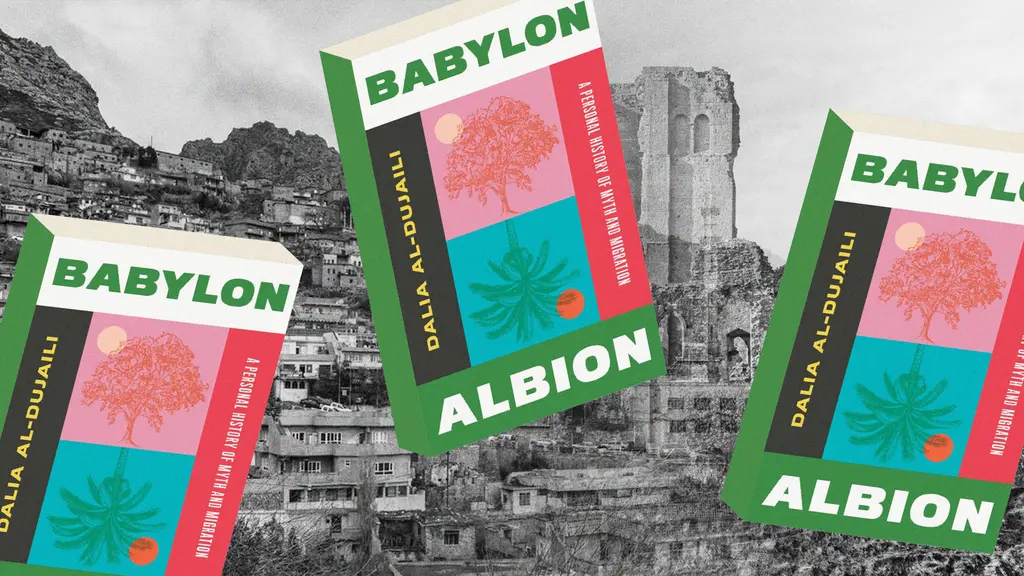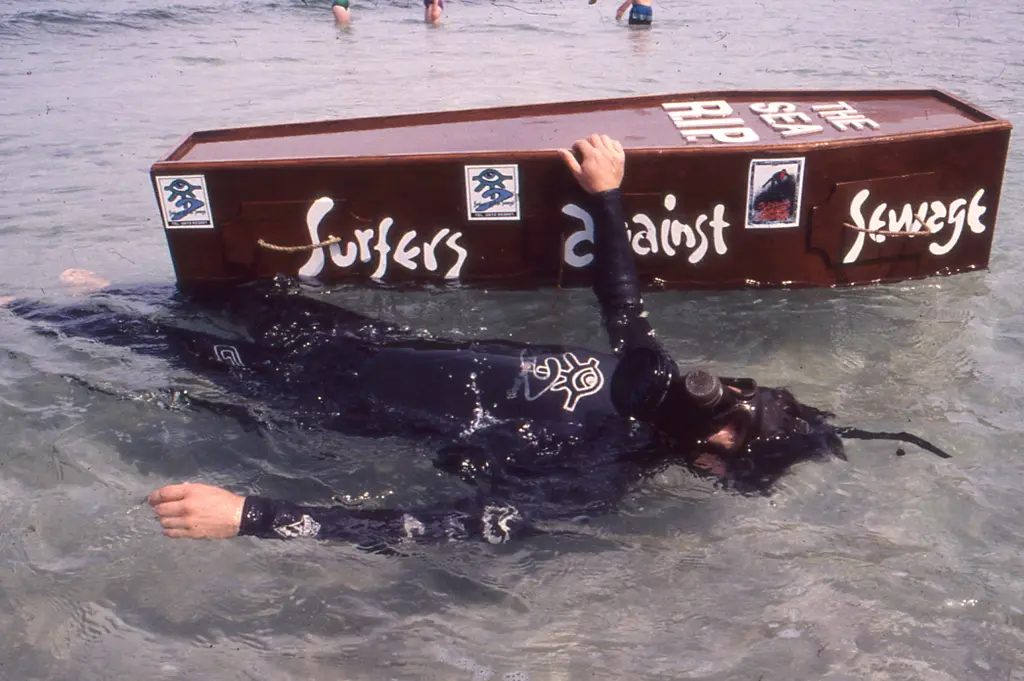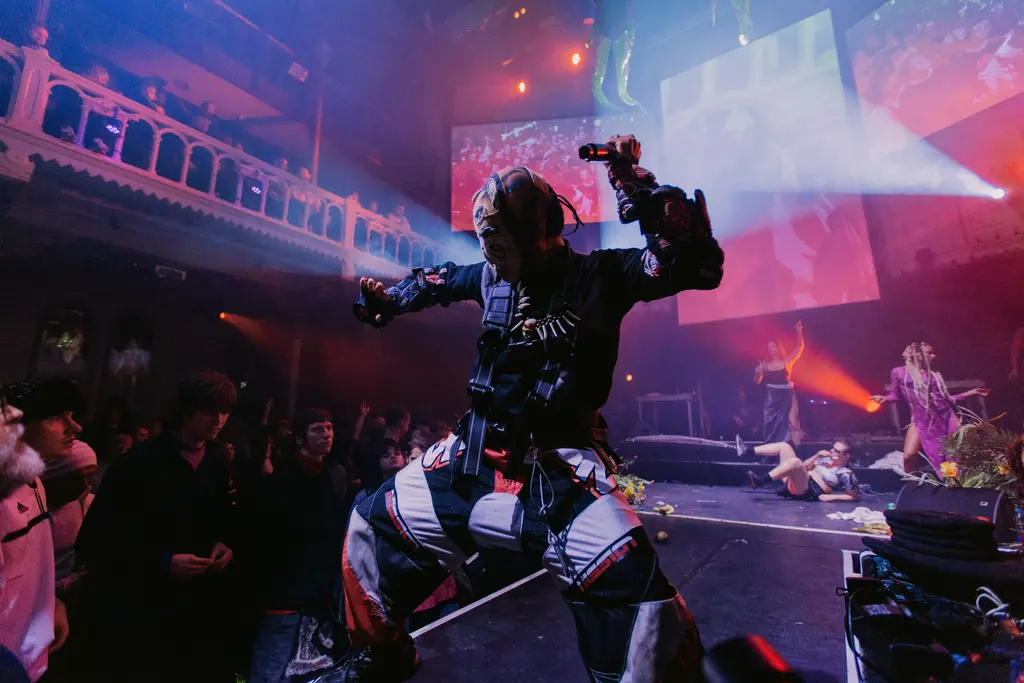Embracing where the light leads me: an intimate photo diary
- Text by Alex King
- Photography by Sophie Harris-Taylor

The evening light is breaking through the curtained window, falling gently on to soft, pale skin. As she turns, revealing parts of herself usually hidden from the public eye, her gaze betrays a sense of vulnerability – but also confidence and trust. For photographer Sophie Harris-Taylor, behind the camera, these intimate, private moments with those close to her are the lifeblood of her work.
“She let me in, she gave me what to capture and I became almost obsessed with the act of photographing her,” Sophie explains. “There were moments of sadness, moments of vulnerability, she never put up a front or undermined what I was doing, she let her guard down and this is what I became interested in.”
MTWTFSS Chapter 1. 2010-2015, a book and exhibition, documents the personal life of photographer Sophie Harris-Taylor and those around her. The mundane, everyday scenes – captured always in striking ambient and natural light – reveal moments of beauty and love, intimacy and honesty.
Born in 1988 in London, Sophie is a fine art photographer and lecturer in photography. After developing her interest in photography by shooting friends in her teenage years, her work has gone on to be nominated for the Taylor Wessing Photographic Portrait Prize and The Renaissance Photography Prize.


How did this photographic diary come together?
Even though I do see it as my diary, I’m certainly not photographing every day. It’s a fragmented diary, some images are months apart and others just days, but these moments in-between that are captured are for me as truthful as they get.
Most of the people repeated throughout the work are close friends and loves, others were people in my life at that specific moment in time. The places I shoot tend mostly to be domestic, homes we are living or staying in at the time. A lot of the work gets made when I’m away with friends as this is when we are spending long and intimate periods of time together, so it comes quite organically then.
I don’t feel this project will ever really be complete – I think this takes the pressure off trying to achieve the perfect image. I don’t write a diary but it’s the closest thing that comes to it, its pretty autobiographical.

What did you shooting the project teach you about your relationship between you and your subjects?
The relationship between myself and the subject is fundamental to making this work. It’s definitely a collaboration between us and I realised that from the beginning.
Being so close to my subjects, many of whom I’ve been photographing since the start and many I have lived with at some point in my life, means you can’t really get more intimate than that. You’re with one another first thing when you wake up and last thing at night – in places we’re sharing and inhabiting, whether it’s short or long periods of intense amounts of time together – you get to see the truth.
I definitely think the closer I am to the subject the more intimate the pictures can be. There’s an element of trust and understanding and I don’t think I can achieve this in the same way when the intimacy and the relationship isn’t there.
I’m genuinely in awe of my subjects who let me in and allow me to photograph them without their guards up. They are a great inspiration to me. This hasn’t always been easy and there have been challenges along the way where I’ve had to respect their privacy and I will always put our friendship first. Often the most challenging images to make have the greatest impact but I will never show anything without their consent.

Why did you choose to work only with natural and ambient light? What are the additional challenges with working this way and how do you overcome them?
I don’t think it was ever something I chose but I was never interested in using studio lights, where you have to dictate your environment. Using natural and available light came quite naturally to me. For me, I feel a need to capture the moments that are happening around me before they disappear- so trying to recreate and fuss around with lighting has never appealed to me.
By using light available in this way it often determines at which point in time to pick up the camera. I’ve had to learn to be much more adaptable, embracing where the light leads me – it’s actually something I find incredibly liberating.
I don’t mind if there’s not enough light, or the image is going to be blurred. If anything, I feel it adds to the aesthetic and that moment captured becomes more real.

Could you share some insights on storytelling through photography? How do you seek to construct narratives or themes for your viewers?
With this work in particular, I’ve never tried to construct a narrative. I tend not to over-think when I’m creating the work, it happens quite organically. Although I know my fascination lies with capturing the strength in vulnerability. I’ve started realising more and more recently that the work tends to be a projection of my own feelings on to others.
So, it’s pretty autobiographical and there’s a lot of repetition with the same people, same places, windows, backs, shot at dusk and dawn. Looking back on these images over the last five years, there have definitely been changes in my life, but I think this is subtle in the work itself. I met my partner in 2012 and quite quickly he became apparent in the work.
For the viewer I would hope they will be able to reflect on these images, perhaps some people find particular images that resonate with them, but I don’t think there is a correct way of reading them. It’s really interesting to me to see what viewers can take away from the images and I think the differences we all see come from our own life experiences.


You’ve spoken about your inspirations from cinema. Could you explain how cinema informs your photography? Are there any specific directors, films or scenes where you’ve pulled direct lessons or inspirations?
If we don’t include Nan Goldin’s early slide show films. Sofia Coppola, take her film Somewhere for example, where she takes something quite insignificant and casts it in an incredible light. Showing the beauty in the mundane and everyday relationships. For me this is far more beautiful than anything fantastical. I guess this translates to MTWTFSS – its not really about the significant and the momentous, it’s about the spaces in between but captured and framed with significant lighting, which adds to the narrative.
There’s a specific shot from August Osage County, directed by John Wells, where Meryl Streep and Julia Roberts are in the car – its tense, incredibly emotive and extremely cinematic. I often watch films, pausing them on a still just to take it all in.


Could you talk about more about developing your passion for photography during your teenage years? What were the experiments or perhaps mistakes you made back then that has gone on to inform your later work?
As a teenager I was always the one with the disposable cameras (the days before camera phones and social media) – I think it became my role amongst my group of friends. It was something I could hind behind and also something that I felt brought me closer to people in those difficult teenage years of trying to fit in.
When I started to consider photography as an art practice, that’s when I made mistakes. I was probably introduced to photographers whose style was far removed from anything I had been shooting.
Looking to their examples, experimenting with all sorts, I tried to be something I wasn’t. I soon realised that even from an early age, for me the camera had always been a way of expressing myself, is some way or another. Once I realised that, around eight years ago, I began to shoot for myself again.
Sophie Harris-Taylor’s MTWTFSS Chaper 1. 2010-2015 is at Francesca Maffeo Gallery, Leigh on Sea, until October 15, 2016.
Enjoyed this article? Like Huck on Facebook or follow us on Twitter.
You might like

Dalia Al-Dujaili: “When you’re placeless, nature can fill the void”
Babylon, Albion — As her new book publishes, the British-Iraqi author speaks about connecting with the land as a second-generation migrant, plants as symbols of resistance, and being proud of her parents.
Written by: Zahra Onsori

Katie Goh: “I want people to engage with the politics of oranges”
Foreign Fruit — In her new book, the Edinburgh-based writer traces her personal history through the citrus fruit’s global spread, from a village in China to Californian groves. Angela Hui caught up with her to find out more.
Written by: Angela Hui

Meet the hair-raised radicals of Berlin’s noise punk scene
Powertool — In his new zine, George Nebieridze captures moments of loud rage and quiet intimacy of the German capital’s bands, while exploring the intersections between music, community and anti-establishment politics.
Written by: Miss Rosen

The rebellious roots of Cornwall’s surfing scene
100 years of waveriding — Despite past attempts to ban the sport from beaches, surfers have remained as integral, conservationist presences in England’s southwestern tip. A new exhibition in Falmouth traces its long history in the area.
Written by: Ella Glossop

Southbank Centre reveals new series dedicated to East and Southeast Asian arts
ESEA Encounters — Taking place between 17-20 July, there will be a live concert from YMO’s Haruomi Hosono, as well as discussions around Asian literature, stage productions, and a pop-up Japanese Yokimono summer market.
Written by: Zahra Onsori

We are all Mia Khalifa
How humour, therapy and community help Huck's latest cover star control her narrative.
Written by: Alya Mooro

